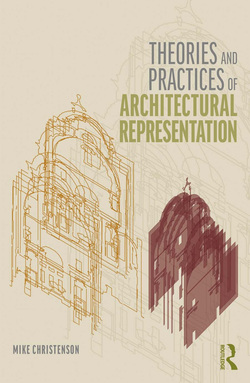This book considers essential questions including: How does architecture become known? How is knowledge about architecture produced, structured, disseminated, and consumed? How in particular do historical patterns of knowledge production persist within contemporary culture and society? How are these patterns affected by changes in technology, and how does technology create new opportunities? These questions are examined through five chapters dealing with exemplary buildings and representational methods selected from worldwide locations including the United States, Japan, and Italy.
Theories and Practices of Architectural Representation proposes that historical theories and practices of architectural representation remain distinct, robust, and uniquely viable within the context of rapidly changing technologies. It is an essential read for students of architectural theory of representation.











